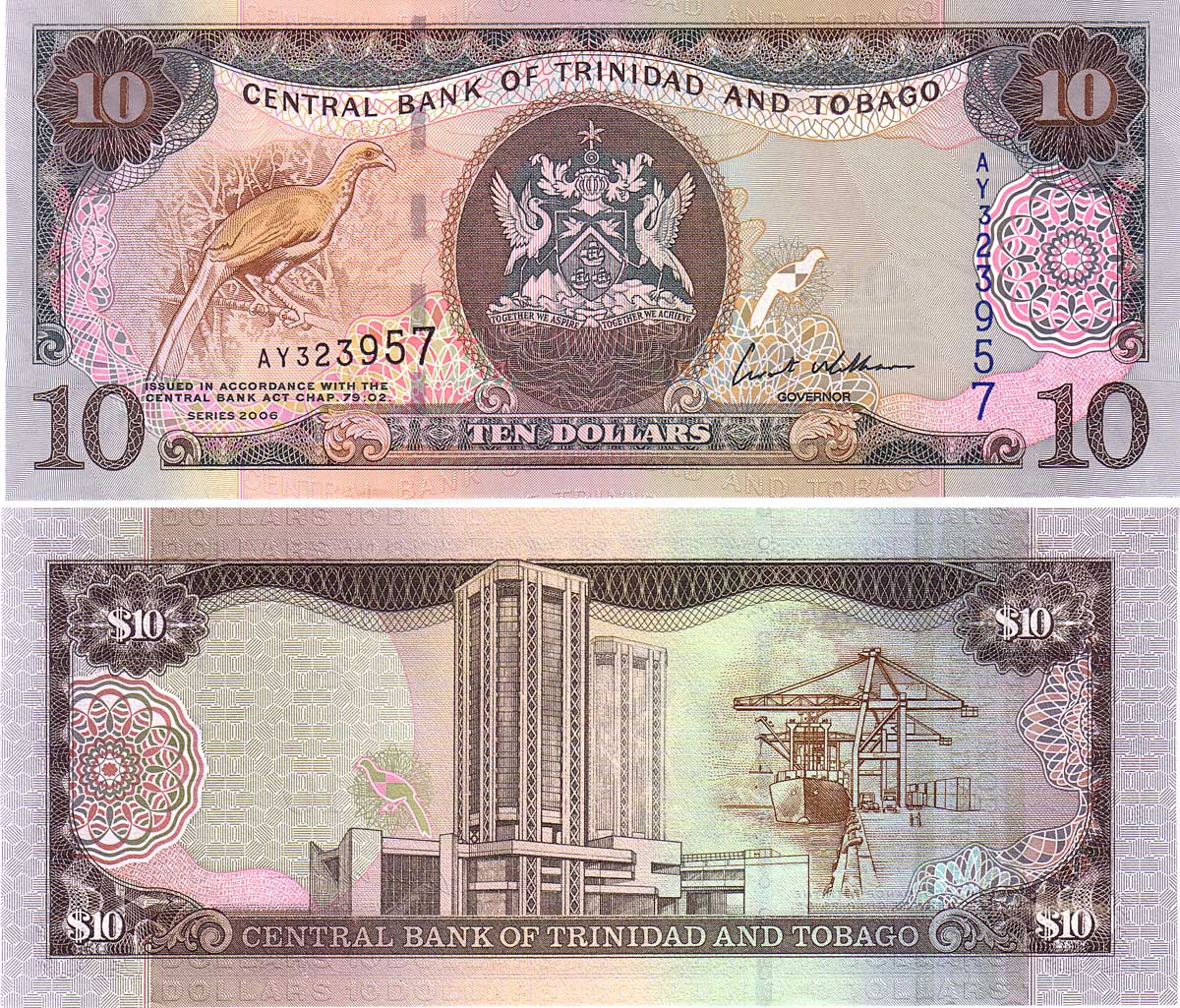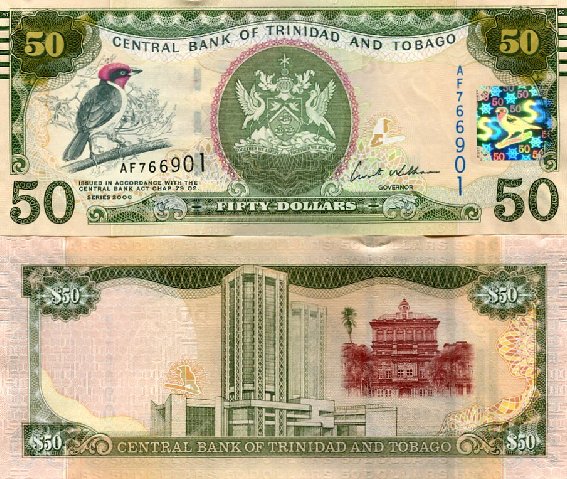My last day in Peru was spent with the Ramirez family down in a small town near Lake Titicaca. We were once again getting to experience the culture of the Quechuan people. The community located at Lake Titicca was especially unique because they had constructed floating islands on the lake’s surface. Once again, the architecture wasn’t overly pleasant, but the way the people adapted to the terrain was incredible. While we were at Lake Titicaca, the Ramrez family, a group of missionaries, and myself began to clean up the waste that had accumalated around the borders of the lake. This service helped encourage the Quechuan Indians to talk with us, and my interactions during my service with some of the Indians was quite a challenge because we could not communicate overly well. I did witness an interesting Peruvian art style as several Quechuans played traditional Peruvian folk music. The use of panpipe, flute, and charangos (guitar made from armadillos shells) all contributed to this little ensemble. After our service session, we had a quick meal of fresh fish, and we left for Lima on a private plane ride. While flying, we saw the famous Nazca lines on the desert’s surface which once again gave ancient historical evidence of a past and intellegent civilization. In total, a lot of Peru’s culture has been derived from their incredible history both in an ancient perspective and in a more modern perspective. I also want to thank National Geographic, the Baptiste family, the Perez family, and the Ramirez family for allowing me to experience the rich culture of Latin America.
 |
| An Overhead View of One Nazca Line Images |























